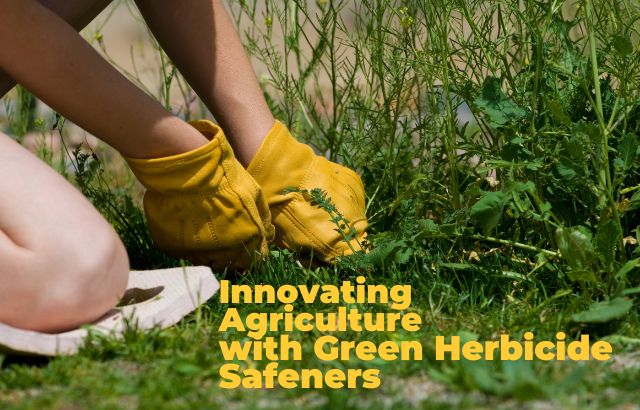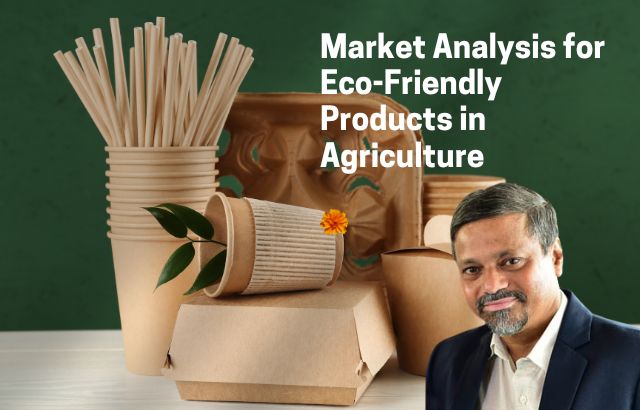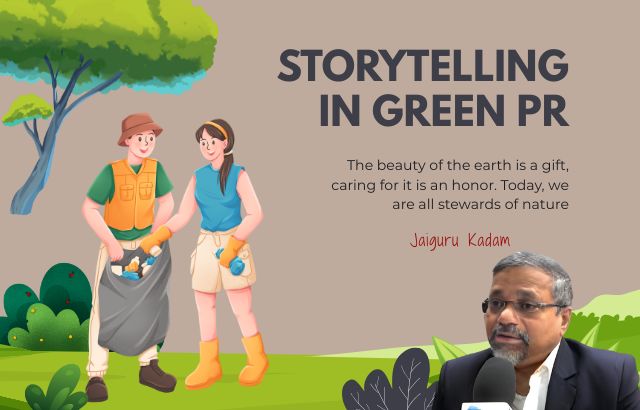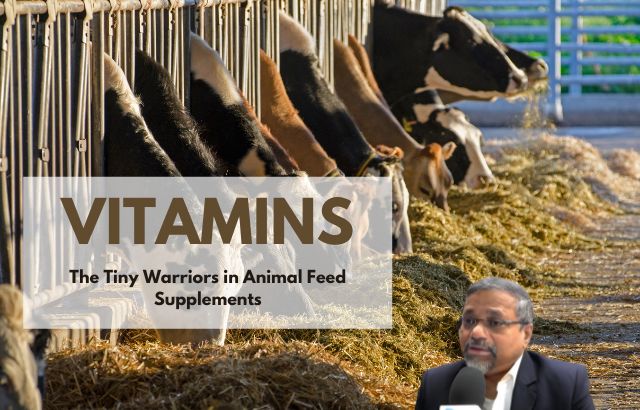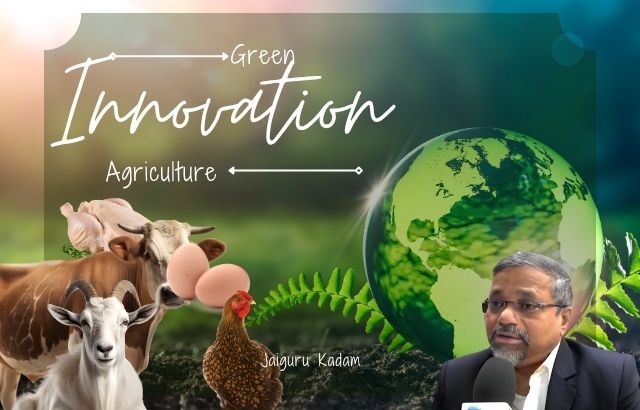In an era where environmental sustainability has become a central focus, green innovators in agriculture are leading the charge toward more sustainable practices. One such pioneer is Jaiguru Kadam, an agricultural green innovator known for pushing the boundaries of eco-friendly farming solutions. Green innovation involves the development of technologies, products, and processes that minimize environmental impacts, increase resource efficiency, and promote sustainability. Through gap analysis—identifying and addressing gaps between current agricultural practices and sustainable practices—green innovators like Jaiguru Kadam are helping reshape the agricultural landscape.
What is Gap Analysis in Green Innovation?

Gap analysis in the context of green innovation refers to assessing the differences between current environmental practices in agriculture and the sustainable practices that are ideal. By identifying areas where improvements can be made, innovators can focus on developing technologies and solutions to bridge these gaps.
For instance, traditional herbicides and pesticides often leave harmful residues in the environment. A green innovator’s goal is to find safer, more effective alternatives that do not negatively impact ecosystems. This method ensures that the innovation process is targeted and results in tangible environmental benefits.
Role of Green Innovators
Green innovators like Jaiguru Kadam play several critical roles in driving sustainable practices in agriculture:
Research and Development (R&D)
Innovators are constantly looking for new ways to make agriculture more sustainable. By focusing on eco-friendly technologies, they aim to create products that minimize chemical use, reduce waste, and lower carbon footprints.
Product Development
Developing new green products, such as bio-based herbicides and plant-derived solutions, is crucial in reducing reliance on synthetic chemicals that harm the environment.
Sustainability Advocacy
Green innovators often play an advocacy role, promoting sustainable farming practices and educating farmers about the benefits of eco-friendly alternatives.
Regulatory Influence
Through research and innovation, they work to influence agricultural regulations to make sure that sustainable practices become the norm.
Examples of Green Innovation in Agriculture
Here are a few examples of green innovations that are making a significant difference in the agricultural industry:
1. Green Solvents
Green solvents are environmentally friendly alternatives to traditional solvents used in the formulation of pesticides, herbicides, and fertilizers. Unlike petrochemical-based solvents, green solvents are derived from renewable resources and have a lower environmental impact.
Example: In the agricultural sector, Jaiguru Kadam has developed green solvents that replace toxic solvents used in pesticide formulations. These solvents help reduce chemical residue on crops, making the products safer for both the environment and human health.
2. Green Surfactants/Adjuvants
Surfactants or adjuvants are substances added to herbicides or pesticides to improve their effectiveness by helping the active ingredients spread, penetrate, or adhere to plant surfaces. Traditional surfactants often rely on petrochemical ingredients. However, green surfactants are plant-derived, biodegradable, and less harmful to the environment.
Example: Jaiguru Kadam has created a green surfactant using bio-based oils and extracts, which help improve the performance of natural herbicides while being fully biodegradable.
3. Plant-Derived Herbicides/Green Herbicides/Bioherbicides
These are herbicides derived from plants, microorganisms, or other natural sources. They work to suppress weed growth without the harmful side effects associated with synthetic herbicides. Plant-derived herbicides often decompose more quickly and do not persist in the environment.
Example: Jaiguru Kadam has contributed to the development of a bioherbicide that uses plant extracts like garlic or clove oil, which are known for their herbicidal properties. These bioherbicides control weed growth without harming surrounding crops or polluting the soil.
4. Green Herbicide Safeners
Green herbicide safeners are substances that protect crops from damage while allowing the herbicide to target the weeds. These safeners are developed to be biodegradable and safe for the environment.
Example: Kadam’s team has developed a natural safener that enhances the selectivity of herbicides, ensuring that the weeds are targeted while reducing the adverse effects on the crops.
Captivating figures in Green Agriculture Innovation
- Reduction in pesticide use: Over the past decade, bioherbicides and green solvents have reduced the use of conventional pesticides by more than 30% in some regions, contributing to a significant decrease in chemical runoff.
- Market Growth: The global market for green herbicides is expected to grow at a compound annual growth rate (CAGR) of 7.4% from 2022 to 2030, with a projected market value of USD 5.8 billion by 2030.
- Carbon Footprint Reduction: By switching to green solvents and bio-based herbicides, farmers can reduce their overall carbon footprint by up to 25%.
- Eco-Efficiency: Green surfactants can improve herbicide efficiency by up to 40%, ensuring better weed control with less chemical input.
FAQs About Green Innovation in Agriculture
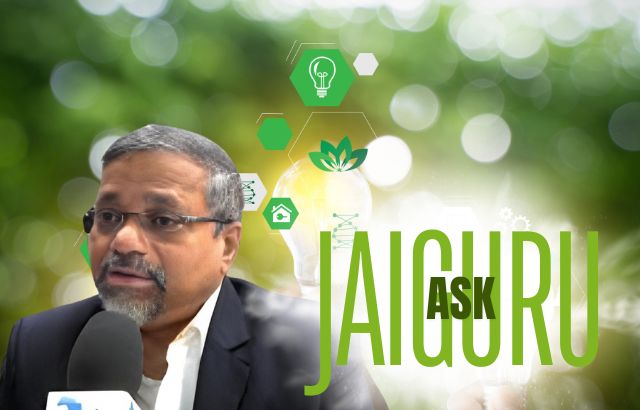
Q1: How do green solvents differ from traditional solvents?
Green solvents are derived from renewable resources such as plants or algae, whereas traditional solvents are often made from petrochemicals. Green solvents are biodegradable, less toxic, and have a lower environmental impact.
Q2: Can bioherbicides be as effective as chemical herbicides?
Yes, bioherbicides are increasingly being recognized for their effectiveness. Many plant-derived or microbial bioherbicides target specific weeds without affecting non-target plants, making them a safe and effective alternative to chemical herbicides.
Q3: What are the benefits of using green surfactants in farming?
Green surfactants improve the spread and adhesion of pesticides or herbicides, increasing their effectiveness. They also reduce the harmful environmental impact associated with synthetic surfactants, as they are biodegradable and derived from renewable sources.
Q4: Are green herbicide safeners safe for the environment?
Yes, green herbicide safeners are designed to protect crops from herbicide damage while being safe for the environment. They are typically biodegradable and cause minimal harm to non-target organisms.
Q5: What is the role of Jaiguru Kadam in agricultural innovation?
Jaiguru Kadam is an agricultural innovator who has contributed significantly to the development of eco-friendly herbicides, solvents, and surfactants. His work focuses on creating sustainable, plant-derived alternatives to harmful agricultural chemicals, promoting sustainable farming practices.
Conclusion
Green innovation in agriculture is not just about finding alternatives to harmful chemicals; it is about reshaping the future of farming in a way that ensures environmental protection, increased productivity, and sustainable practices. Through gap analysis and continued research, green innovators like Jaiguru Kadam are leading the way toward a more sustainable agricultural industry. By integrating solutions such as green solvents, bioherbicides, and plant-derived surfactants, we can help secure a cleaner, healthier future for both farmers and consumers.








